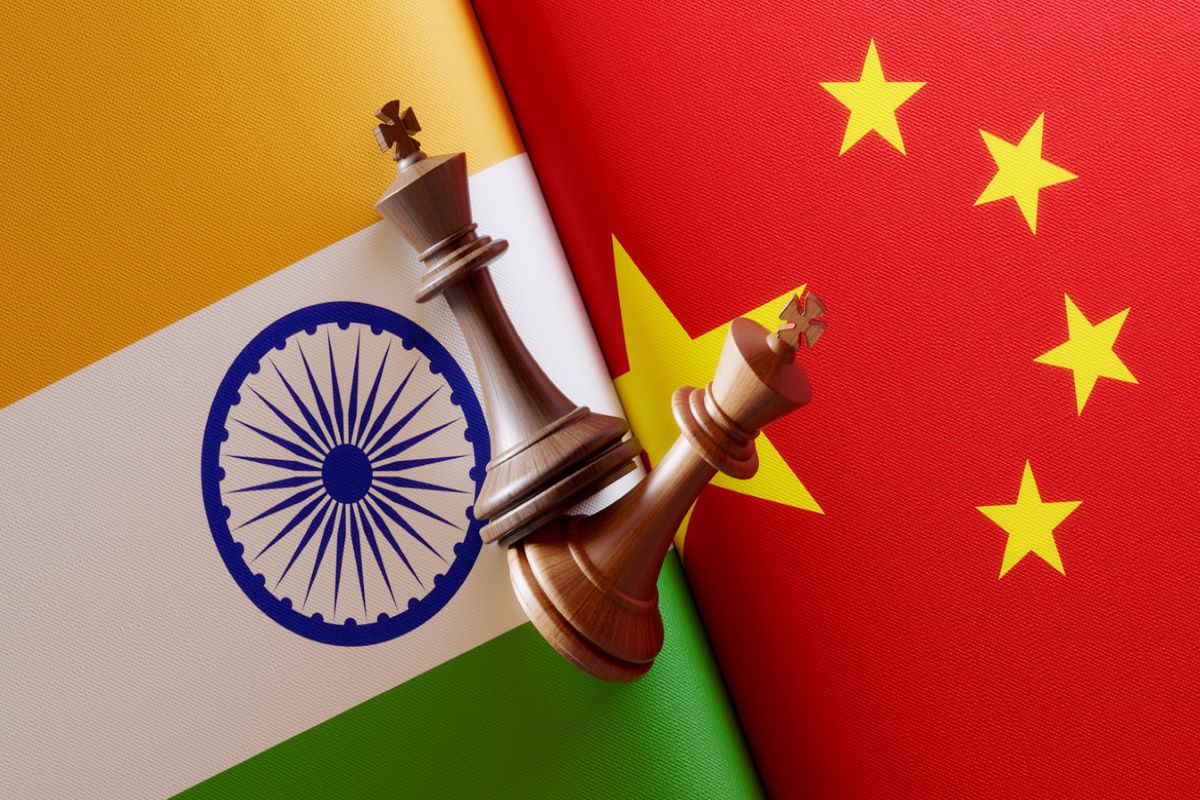Border disputes between India and China never seemed to subside. The Chinese Army attacked Indian posts at Nathu La in 1967. This time, the Chinese were pushed back.
In 1987 and in 2013, there were signs of de-escalation of tension. But peace has always been short-lived on the Indo-China border. In 2017, at Doklam, a Chinese advance resulted in a standoff between Indian and Chinese troops. Doklam plateau is surrounded by Bhutan’s Ha valley, China’s Chumbi valley and the Indian state of Sikkim. As Tibet is considered a Chinese territory, Doklam often refers to an area near the India-China-Bhutan tri-junction.
Advertisement
The dispute took place when Chinese army engineers started building roads through the Doklam plateau to transport artillery guns, light tanks and heavy vehicles to establish their military presence in the region. There was a possibility that through incursions, China could come close to the Siliguri corridor or the ‘Chicken’s neck’ that links the northeastern states to the rest of India. Fortunately, the military faceoff ended with an agreement. A clear and bold signal was sent to our neighbour that there would no longer only be negotiations for resolving conflicts. But the Chinese are relentless in their expansionist agenda.
Three years later, once again, they clashed with Indian troops in the Galwan Valley. The Galwan river valley lies along the western sector of the Line of actual control. During the clash, both sides lost their soldiers. Indian Army is reported to have lost 20 soldiers and China claimed that they lost only five. Rubbishing the Chinese view, the Russian news agency, Tass, reported that 45 Chinese soldiers died in the Galwan clash.
Recently, an Australian website, ‘Klaxon’ has also exposed the Chinese lies. It says that China lost at least 38 soldiers. Facing fierce resentment at home over the death of PLA (People’s Liberation Army) soldiers in the Galwan clash, China tried to cover up its losses. It decided to send one of the Chinese soldiers involved in the Galwan clash as the torch bearer for the winter Olympics. India boycotted the games to condemn this false narrative of Chinese victory. This diplomatic counter might be the beginning of a change in our relations with China.
Meanwhile, in the explosive situation after the Russian invasion of Ukraine, the entire spectrum of our foreign relations has become problematic especially after the latest Xi JingpingVladimir Putin bonhomie. Any day, China may attack Taiwan. This time, Russia will not intervene. Nine Chinese aircraft entered Taiwan’s air defensive zone on 24 February. It is very much on the cards that after capturing Taiwan, China would advance towards our border as it did after devastating Tibet. If the basic nature of China’s expansionism is taken into account, possibilities of the Chinese breathing down our necks on the border cannot be ruled out.
Another source of worry is China’s client state, Pakistan. Imran Khan’s meeting with Putin has triggered much speculation. Although we do not yet know about Putin’s offers to Imran, we will not be surprised if Russia distances itself from the Indian stand on the Kashmir issue at Pakistan’s prodding. China is playing a diabolical game. While Pakistan continuously incites Kashmiri insurgency, the Chinese step up incursions into the north east to unleash border wars. They expect that this would eventually erode physical power of their only Asian competitor. Such hegemonic tendencies have always been part of its foreign policy.
As early as 1949, Mao focused on China’s national identity and a “Sinification of Marxism’’. In the 1960s, Mao denounced Krushchev’s policy of appeasement with imperialists and openly started defying Soviet leadership of the socialist camp. The backdrop of this Sino-Soviet rift makes the recent Sino-Russian friendship all the more intriguing. Ideological differences have taken the back seat. The two have come together with expansionist objectives, the original sin that has always been the underlying factor in their ideological rhetoric.
Russia forcibly installed puppet governments in certain East European countries to turn them into their vassals and China pursued a policy of encroaching on neighbour’s territories to expand its area of domination in Asia. India’s predicament in the current volatile international scenario is not only the conflict with the two neighbouring states, but also the fact that resolution of such conflicts will be an uphill task in the new power equations of the world. Getting weapons from its old friend Russia will not be easy because Russia’s hands are full now.
On the other hand, despite parting of ways with Pakistan, America would not come on India’s side in any conflict, because it cannot afford to be decisive any more after the fiasco of troop withdrawal from Afghanistan leaving behind arms and ammunition worth millions of dollars. It is true that we refuse third party intervention in bi-lateral issues. But, there were occasions when, deviating from the policy of non-alignment, we sought big power support. We signed the 20 years’ Treaty of Peace, Friendship and Cooperation with Russia for mutual strategic cooperation in 1971.
The aim was to counter increasing Pakistani ties with China and the United States. But such a solution of securing one power bloc’s support to neutralize pressure from the other no longer seems viable. At present, India is in an extremely tricky situation of balancing American friendship with our recent agreement with Russia which assures supply of defense equipment.
The developments will get further complicated if the China-Russia combine emerges as the new power bloc ruling the world. Then, there would be no one to bolster our stand against the aggression of our hostile neighbour. Certainly, this is not the best of times.









